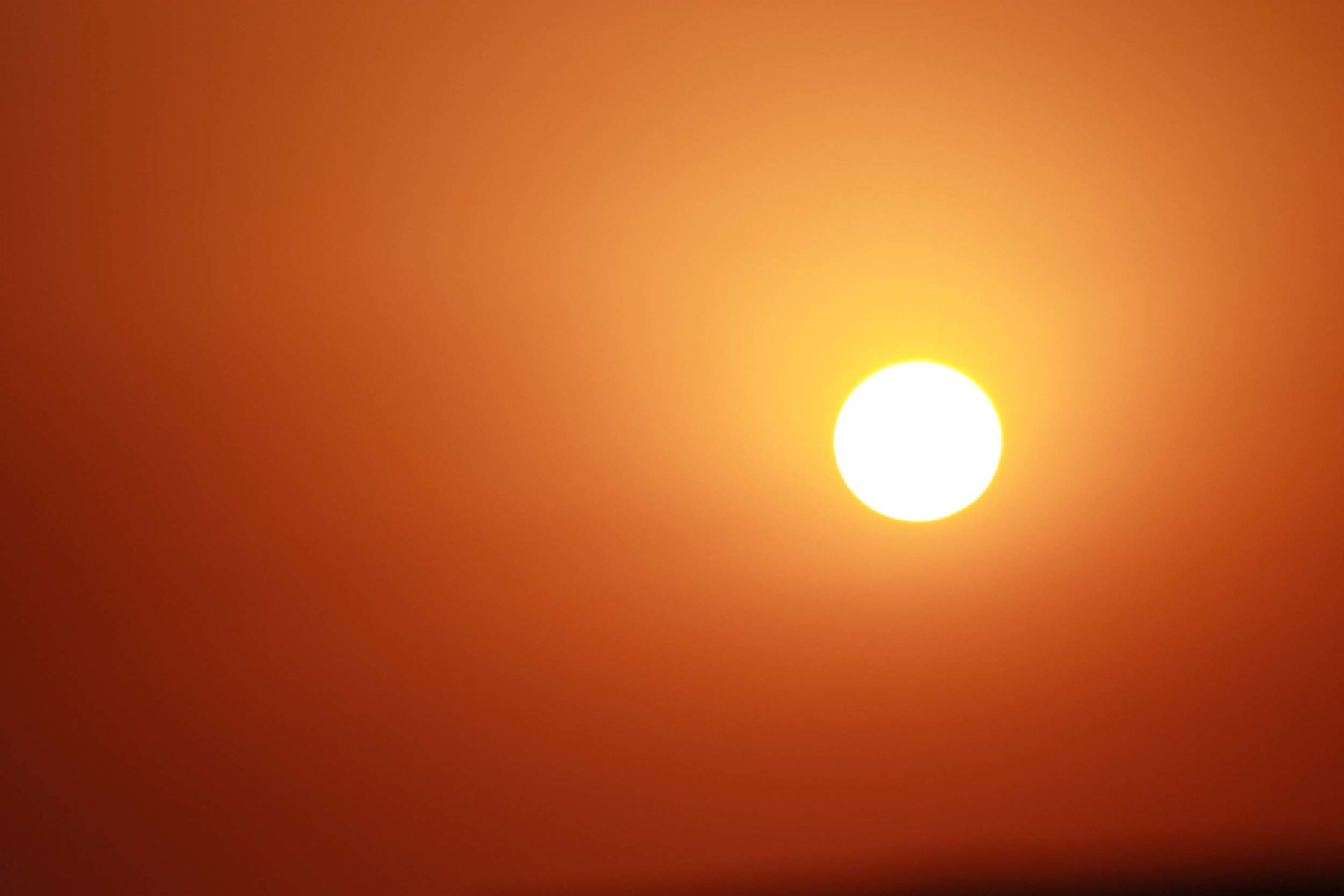Soak In The Summer Sun (Just Not Too Much.)

Fact: Texas in the summer is hotter than hot. Which means, in addition to great boating on Lake Travis and fun backyard barbecues, there’s also a great chance for sun poisoning and heat exhaustion. Everyone has been trained to take precautions—drink lots of water, wear sunscreen, wear a hat—but the sun is all too easy to underestimate.
If a hike or trail run is longer or sunnier than expected, it’s easy to get into trouble. Trouble, in this case, comes in two common forms. One of those is sun poisoning, which is essentially severe sunburn. The other is heat exhaustion, which is more complex but typically involves a combination of overheating and dehydration.
Sun Poisoning v. Heat Exhaustion
Sun Poisoning
Sun poisoning can happen extremely easily—especially in Texas and particularly to those who are fair-skinned. Those with light eyes and light hair are most at risk simply because the pigments in their skin and eyes form part of the protection against UV rays. Even the darkest of skin can burn, though, so it’s important to use proper sun protection. This means using a barrier sunscreen such as a zinc oxide, wearing a hat to shade your face if possible, avoiding prolonged sun exposure and applying fresh sunscreen every hour or two. Also check your medicine cabinet. Many common prescription medications—including some antibiotics, heart medications, acne medications and birth control pills—can increase sensitivity to the sun. Symptoms of sun poisoning can include:
- Headache
- Swelling or puffiness in the skin
- Skin redness, sensitivity, and even blistering
- Fever and chills
- Nausea
- Dizziness
- Dehydration
When any of these symptoms start, it’s important to get out of the sun, get somewhere cool, and start hydrating. Continue to drink extra fluids for a few days because more water will be lost through the damaged skin. Even slight dehydration takes time to correct. The burn and skin irritation are warning signs for the much more serious problem of dehydration, which can be life threatening. It’s important to get medical help if there is facial swelling, severe or large-area skin blistering, upset stomach, headache, confusion, faintness, or signs of deeper dehydration such as failure to sweat appropriately in heat or scanty urination. Applying soothing aloe gel topically can help with skin irritation or blistering.
There are two unusual forms of sun poisoning that can also happen. Polymorphous Light Eruption, or PMLE, is a rash-like reaction to sun exposure that happens in some Native American populations and in persons who have exposure to intense sunlight after long periods of low exposure. This is typically the northern traveler visiting tropical beaches in winter. This rash can be itchy and usually involves small bumps or hives over the most sun exposed areas. Skin rash may be accompanied by mild fever, chills, headache or nausea. Typically this resolves itself within 7–10 days of discontinuing sun exposure.
The second unusual type of sun poisoning is called Solar Urticaria, or a “sun allergy.” This can start minutes after sun exposure and typically involves itchiness, redness, and raised hives or wheals on the skin. In severe cases, there can also be wheezing, dizziness and even loss of consciousness. In some cases this can be prevented by using appropriate sunscreens and sun protection, but some people may need antihistamines.
Heat Exhaustion
This close cousin to sun poisoning is very similar, but is caused by exposure to the heat, rather than the UV rays of the sun itself. Very often the two conditions overlap as both can include dehydration. Heat exhaustion can happen for two reasons, and each reason gives a characteristic set of symptoms.
The first type is water depletion, which is usually what is meant by “dehydration.” The symptoms include an extreme heat feeling, excessive thirst, weakness, headache and loss of consciousness. If a person loses consciousness, this can be extremely serious and require hospitalization. The second type of heat exhaustion is electrolyte depletion. This occurs when the electrolytes lost via sweat can’t be replaced quickly enough. The symptoms of this type of exhaustion include nausea, vomiting, muscle cramps and dizziness.
Both types of heat exhaustion can also include general symptoms such as:
- Confusion
- Dark colored, scanty, or no urine
- Dizziness, fatigue, headache
- Muscle or abdominal cramps
- Nausea, vomiting, diarrhea
- Excessive or absent sweating
- Pale skin, rapid heart beat, fainting
Without proper intervention, heat exhaustion can progress to heat stroke, which can damage the brain, vital organs and even lead to death. It is imperative to get out of the heat, rest, rehydrate and get some electrolytes from sports drinks, sea salt, or trace mineral drops for your water. If possible, take a cool shower, sponge bath, or use other cooling measures like fans or ice towels.
Texas summers can be tough on the human body, so be sure to take precautions and know what to watch for in those around you.






